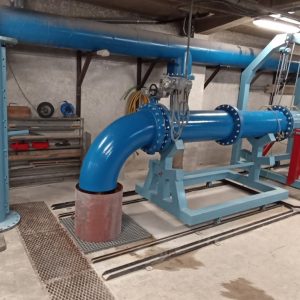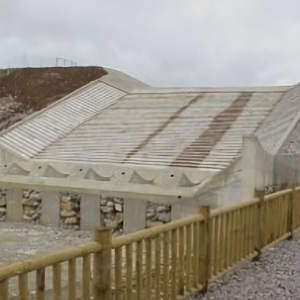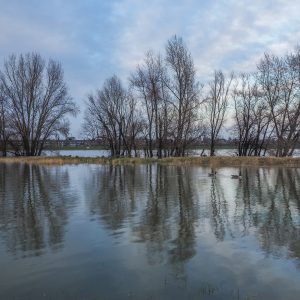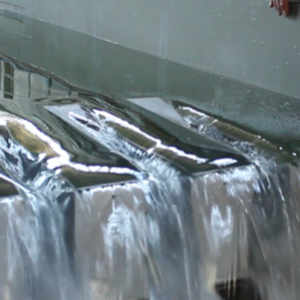We are a multi-disciplinary group of 21 researchers working in the HTS for IT Engineers, the HTS for Roads, Canals and Ports Engineering and the HTSE for Agronomy, Food and Biosystems. With more than 25 years experience in hydroinformatics. Amongst its members, the group has researchers with extensive professional experience in the civil engineering sector and information technology, which has allowed them to direct their lines of research towards resolving significant practical problems in the current context of technology.
Site card
Hydroinformatics and Water Management
Structure: Research Groups
Our group's aim is research in a multi-disciplinary field that combines technological, human, sociological and environmental interests to solve problems relating to the aquatic environment and improve water resource management making use of information technology. Hydroinformatics uses solutions such as numerical modelling and optimisation methods, sensor networks, information and artificial intelligence systems (smart data analysis, decision making support tools) to solve hydraulic, hydrological and environmental engineering problems in order to achieve better handling of the water resource-based systems.
Our lines of research include the following:
-
Hydraulic Infrastructures and Systems: Modelling, resource management, safety, hydroelectric systems
- Environment: Climate change, drought, socio-economic impact of water management
- Information Technology: Information and artificial intelligence systems
- Hydraulic Infrastructure Security
- Intelligent Systems and Knowledge Engineering
- Mathematical modeling and physics of systems
- Modeling and control of hydroelectric systems
- Planning and managing water resources
Our group has carried out significant R&D work, generating results in the form of technology products, such as the SAIDA system (Decision making support system for flash-flood prevention and response planning) applied to the national hydrological system in Spain (SAIH system), the ICOMPLEX system, for analysis of safety sensor data and maintenance of hydraulic structures (such as large dams), and the ACUÑA system for protection against dam overflow using prefabricated concrete blocks.
In order to do its work, the group receives public (Ministry of the Environment, Ministry of Science and Technology, TRAGSA, National Heritage, etc.) and private (companies such as INDRA, FCC, CANAL DE ISABEL II, Gas Natural Fenosa, Endesa, AQUAGEST, HIDRALIA ENERGÍA, Infraeco, etc.) funding and has carried out a significant number of projects funded by the European Commission, such as: CIRCE (Climate change and Impact Research), INTERACTIVEX (Human computer interaction models for interactive exploration of behaviour datasets), SWAP (Mediterranean dialogue on framing sustainability in water policy evaluation), and WASSERMed (Water availability and security in southern Europe and the Mediterranean)
We are a part of the REMEDIA network (Scientific Network for Mitigation of Greenhouse gas emission in the Agroforestry Sector), the EERA network (European Energy Research Alliance), and the RLHE network (Spanish Hydraulics Laboratories Network). Our group also belongs to the Universidad Politécnica de Madrid's water platform, UpmWater, which is made up of groups doing research into water matters, and collaborates on the Spanish electricity networks platform, FutuRed, in matters relating to pumped storage electric energy.
Showing all 6 results
-
The facility allows tests to be performed to measure the permeability of large porous media in which the filtration law corresponds to a non-laminar regime.…
-
Precast concrete wedge-shaped block for use in ponds or embankment dams, as a protection against erosion caused by water circulation with high flow rates and…
-
Rates of change in the annual maximum daily rainfall quantiles to be expected, nationally, in a situation of climate change. Database containing the expected rates…
-
Improve dam safety. Improve the hydrological safety of dams by increasing the discharge capacity of the spillway with recoverable fuse gates.
-
Design a safer future. Quantification of the magnitude of storms expected in the future as a consequence of climate change on a national scale.
-
Software description It is a database. The work contains the results of the expected changes to the frequency laws for maximum daily annual rainfall at…










